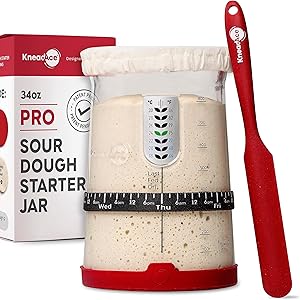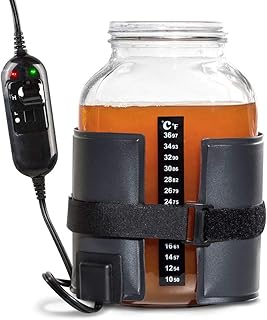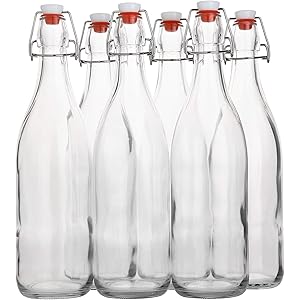Understanding Phenols in Chemistry
Phenols are a class of organic compounds characterized by the presence of a hydroxyl group (-OH) attached to an aromatic hydrocarbon ring. This structural feature gives phenols unique chemical properties, making them significant in various chemical reactions and applications. They are widely used in the production of plastics, pharmaceuticals, and even in the brewing industry, where their presence can influence the flavor profile of beverages, including beer.
Defining Primary Alcohols
Primary alcohols are organic compounds that contain a hydroxyl group (-OH) attached to a carbon atom that is only connected to one other carbon atom. This structural arrangement is crucial in determining the reactivity and properties of the alcohol. Common examples of primary alcohols include ethanol and methanol. Understanding the classification of alcohols is essential for discussing the nature of phenols and their functional groups.
Is Phenol a Primary Alcohol?
To address the question, “is phenol a primary alcohol,” it is important to analyze the structure of phenol itself. Phenol consists of a hydroxyl group attached to a carbon atom within an aromatic ring. Unlike primary alcohols, the carbon atom bonded to the hydroxyl group in phenol is also part of a cyclic structure, which alters its classification. Therefore, phenol does not fit the criteria to be classified as a primary alcohol.
The Chemical Structure of Phenol
The chemical structure of phenol can be represented as C6H5OH, where the hydroxyl group is directly bonded to a benzene ring. This unique structure contributes to the distinct properties of phenol, including its acidity and reactivity. The presence of the aromatic ring also influences how phenol interacts with other compounds, differentiating it from simple primary alcohols.
Properties of Phenol
Phenol exhibits several notable properties that set it apart from primary alcohols. It is a colorless to light pink solid at room temperature and has a characteristic sweet, tar-like odor. Phenol is soluble in water, and its solutions can be mildly acidic due to the ability of the hydroxyl group to donate protons. These properties make phenol useful in various applications, including as an antiseptic and in the synthesis of other chemical compounds.
Get more content like this!
Sign up to receive updates and new terms first hand.
Phenols in the Brewing Industry
In the context of beer production, phenols can play a significant role in flavor development. Certain phenolic compounds contribute to the aroma and taste of beer, often imparting spicy or smoky notes. However, excessive levels of phenols can lead to undesirable flavors, such as medicinal or band-aid-like tastes. Understanding the balance of phenols in brewing is crucial for achieving the desired flavor profile.
Comparing Phenols and Primary Alcohols
While both phenols and primary alcohols contain hydroxyl groups, their chemical behavior and applications differ significantly. Primary alcohols are typically more reactive in nucleophilic substitution reactions, while phenols are more stable due to the resonance stabilization provided by the aromatic ring. This distinction is essential for chemists and brewers alike when considering the use of these compounds in various formulations.
Applications of Phenols Beyond Brewing
Beyond their role in the brewing industry, phenols are utilized in a wide range of applications. They serve as precursors in the synthesis of plastics, resins, and pharmaceuticals. Additionally, phenolic compounds are employed in the production of antioxidants and disinfectants, showcasing their versatility in both industrial and consumer products.
Safety and Handling of Phenols
Due to their toxic nature, phenols must be handled with care. Exposure to phenolic compounds can cause skin irritation and other health issues. In industrial settings, proper safety protocols, including the use of personal protective equipment (PPE), are essential to mitigate risks associated with phenol exposure. Understanding the safety measures is crucial for anyone working with these compounds.
Conclusion on Phenols and Primary Alcohols
In summary, while phenols and primary alcohols share some similarities, phenol cannot be classified as a primary alcohol due to its unique structural characteristics. The understanding of these differences is vital for chemists, brewers, and anyone involved in the production or use of these compounds.




